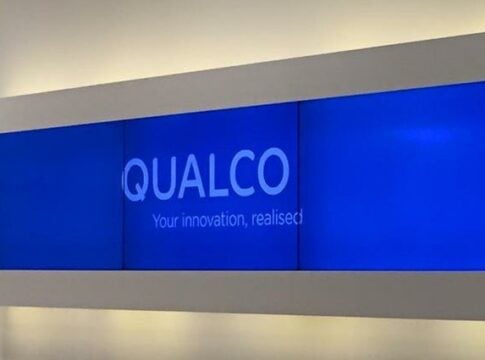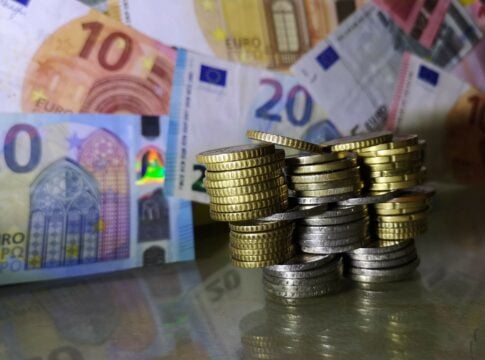Greek consumers prefer the cheaper “yellow” ex post floating energy tariffs over the “green” ones, according to market sources who spoke to “Naftemporiki”.
They explained that the yellow ex-post tariffs appear up to 30% cheaper than the green ones, a percentage that of course varies from month to month, as the factors that determine the final charges change. In any case, the fluctuations shown by the yellow tariffs are generally smaller compared to the green ones, thus making them more attractive to consumers.
More specifically, 70% of consumers who choose to move to another provider join the yellow tariff with the remaining 30% choose the fixed “blue” tariff.
It is worth noting, as reported by competent market sources, that the cheaper charge of the yellow ex-post tariff compared to the green one is based on the lower risk it involves for the supplier, which allows the latter to formulate more competitive prices in order to attract new customers and to expand its clientele.
Greece proceeded with color-based “transparency labelling” effective from January 1, 2024. This initiative represents a pivotal move in aligning Greece’s energy policy with contemporary environmental sustainability goals.














